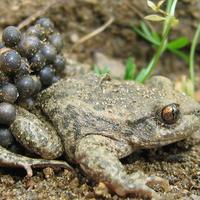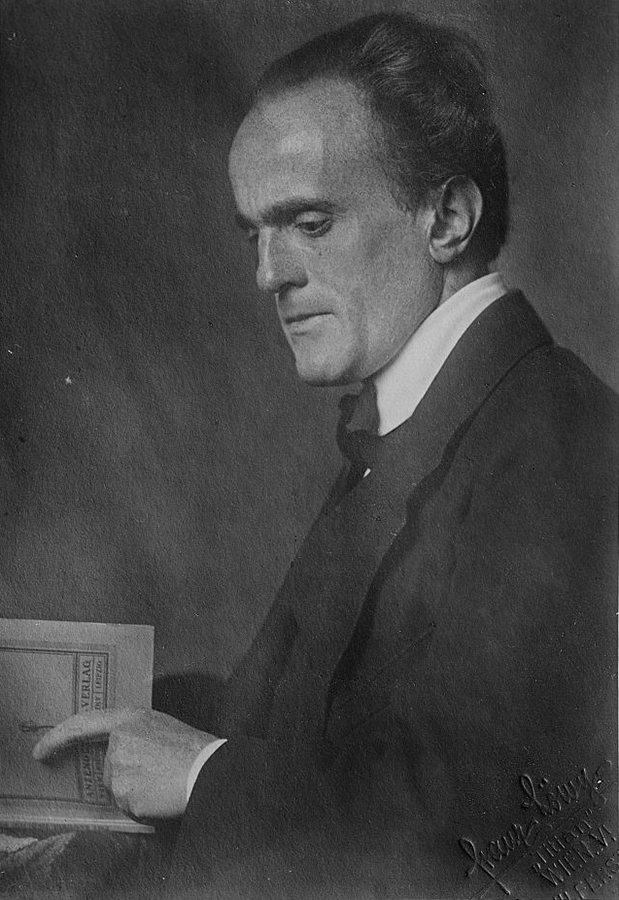
Nov 19, 2012
Jad starts us off with some wishful parental thinking: that no matter how many billions of lines of genetic code, or how many millions of years of evolution came before you, your struggles, your efforts, matter -- not just in a touchy feely kind of way, but in ways that can mold your kids on the deepest level.
 This is, of course, an old idea. Back in the day, Jean-Baptiste Lamarck put forward a theory that animals could pick up traits during their lifetime, through effort and struggle, then pass those traits on to their kids to give them a leg up. So, for example, a blacksmith could bulk up over years of hammering iron, then sire a bunch of thick-armed kids to join the family business. It's a nice thought -- that the hard work you put in could get passed on to your children, but ... it's wrong. Evolution doesn't work that way. Species change slowly, over long periods of time thanks to chance and fate, with no regard for how an individual improves itself through the course of its life. But is that really the whole story?
This is, of course, an old idea. Back in the day, Jean-Baptiste Lamarck put forward a theory that animals could pick up traits during their lifetime, through effort and struggle, then pass those traits on to their kids to give them a leg up. So, for example, a blacksmith could bulk up over years of hammering iron, then sire a bunch of thick-armed kids to join the family business. It's a nice thought -- that the hard work you put in could get passed on to your children, but ... it's wrong. Evolution doesn't work that way. Species change slowly, over long periods of time thanks to chance and fate, with no regard for how an individual improves itself through the course of its life. But is that really the whole story?
Back in the early 1900s, an Austrian biologist claimed he had real-live proof of Lamarckian inheritance in action. Science writer Carl Zimmer and Sam Kean, author of The Violinist's Thumb, tell us about Paul Kammerer and his experiments with midwife toads. And what happened when people started to take a close look at his toads.
But it turns out, Kammerer might have been—perhaps unwittingly—onto something. Which leads us to a really basic question about parenting -- one that Michael Meaney at McGill University is trying to answer: if you're nice or mean to a kid, what does that actually do to them? Michael, along with Frances Champagne from Columbia University, figured the best way to sort this out was to studying maternal care in rats. It turns out that good rat moms lick their babies a lot. And pups that get licked a lot, go on to lick a lot. You might think they just learn to lick, but Michael and Frances explain to us how a mother's tongue can reach all the way down to their babies DNA.